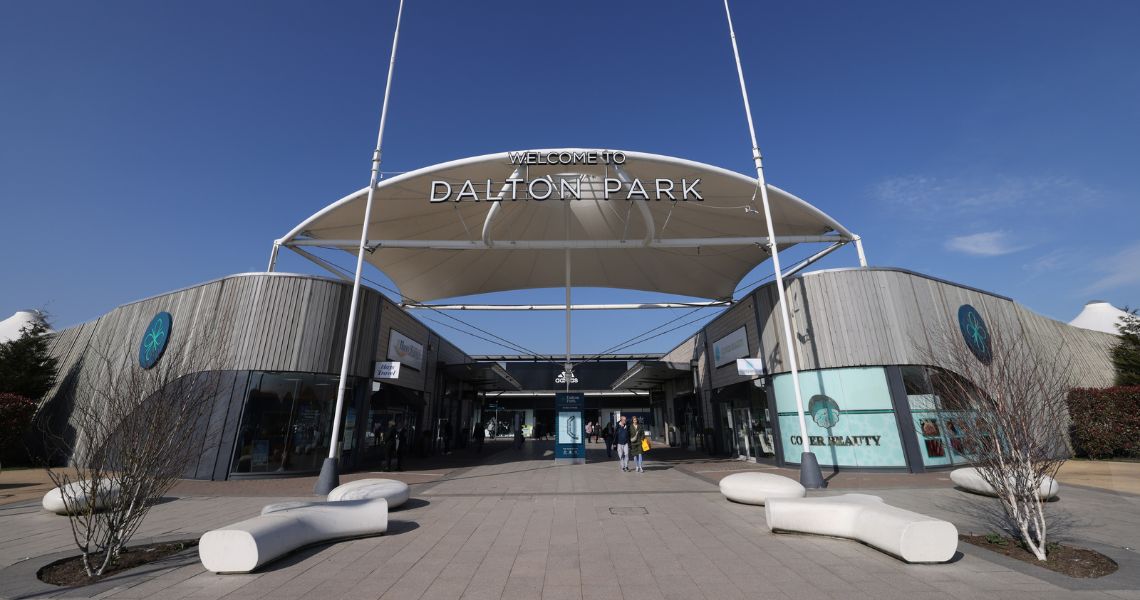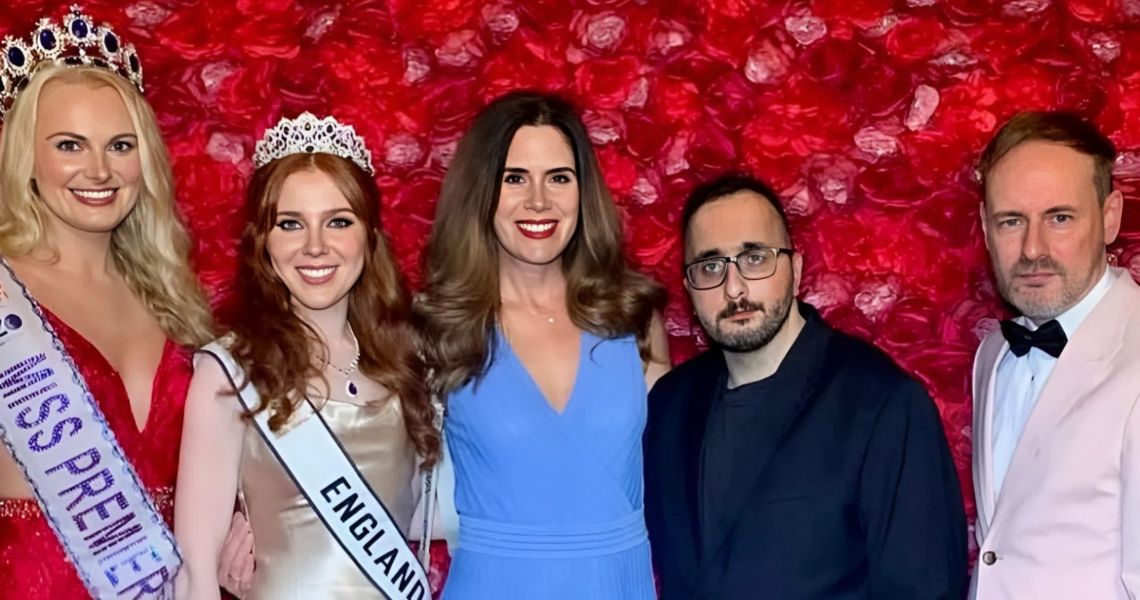Luxury has always been about more than possession — it’s about experience. The touch of fine craftsmanship, the thrill of exclusivity, and the emotion of being part of something few ever will. But in today’s fast-moving digital world, even the most prestigious brands are learning that it takes more than glamour to hold attention. It takes interaction.
That’s why some of the most recognisable names in fashion, automotive, and beauty are turning to interactive games at events and exhibitions — not as novelty, but as a way to create deeper, more personal engagement with their audiences.
From virtual racetracks to digital fragrance quizzes, luxury brands are redefining what it means to connect. And in doing so, they’re elevating guest experiences into something truly memorable.
The Rise of Experiential Luxury

The modern luxury consumer no longer wants to be a spectator. They want to play, discover, and participate. This cultural shift — from observing to experiencing — is what’s driving the surge in experiential marketing across the luxury sector.
High-end events, pop-ups, and exhibitions have evolved from static showcases into immersive playgrounds where innovation meets indulgence. Here, gamification — the art of applying game elements to real-world experiences — plays a starring role.
Luxury brands have long understood the power of exclusivity, but now they’re combining it with the inclusivity of interaction. Games invite everyone in the room to engage, while the premium setting ensures it feels tailored, intimate, and elevated.
What Do Interactive Games Look Like in a Luxury Setting?

Forget spinning wheels and giveaway gimmicks. Today’s interactive experiences are designed with elegance, precision, and purpose.
At a high-end watch launch, guests might step up to a digital time-challenge where they virtually assemble a movement — a nod to the craftsmanship behind every piece. A premium car manufacturer might offer a racing simulator, but one that immerses players in a branded world complete with sensory effects and cinematic visuals.
Even within fashion and beauty, brands are embracing technology to make connections. Virtual try-on experiences, digital scent selectors, and augmented reality photo booths have become features of the modern luxury event.
These aren’t distractions from the product — they’re extensions of the brand story, offering new ways for people to feel, not just see, what makes the brand unique.
For those designing premium brand experiences, inspiration can often be found in the creative use of exhibition stand games. These types of activations show how simple concepts — when elevated through design and storytelling — can transform into immersive, high-value experiences that capture attention and emotion in equal measure.
The Psychology of Play

So why are luxury audiences so drawn to games? The answer lies in psychology.
Play triggers curiosity, competition, and joy — emotions that create lasting memories. In a world saturated with polished visuals and perfect imagery, interactivity offers authenticity. Guests aren’t just admiring; they’re engaging, achieving, and celebrating small wins within the brand experience.
It’s a subtle but powerful shift: when someone plays, they form a connection rooted in emotion, not transaction. And that’s exactly what luxury branding thrives on — creating emotional resonance that outlasts the event itself.
Gamification also taps into the power of personalisation. Whether guests are uncovering their “signature style” through a digital quiz or earning a bespoke reward based on choices they make, every interaction feels unique. That sense of exclusivity — the hallmark of luxury — is perfectly aligned with the bespoke nature of play.
Behind the Scenes: Designing the Perfect Interactive Moment

While the experience may feel effortless to guests, the design behind interactive event games is anything but simple. Every detail — from lighting to layout, sound, and texture — must contribute to the sense of immersion.
In luxury environments, technology must never overpower the artistry. It should enhance it. Touchscreens are refined and discreet; branding is subtle and sophisticated; the interface feels intuitive, not intrusive.
Modular and sustainable stand design has also become an integral part of creating these experiences. High-end brands increasingly favour reusable installations that combine craftsmanship with conscious design — proof that luxury and sustainability can coexist beautifully.
Interactive zones are planned with flow in mind, ensuring that engagement happens naturally. A well-placed challenge or digital activation can guide guests through a journey that mirrors the brand’s narrative — from curiosity to connection, discovery to delight.
Real-World Inspiration

Across the industry, examples abound.
At global fashion weeks, brands like Louis Vuitton and Burberry have used augmented reality experiences to bring collections to life, turning smartphones into portals for play. Luxury carmakers such as Porsche and Aston Martin have installed virtual simulators that let guests “drive” concept vehicles long before they hit the road.
Even in the world of fine spirits and fragrance, interactivity reigns. Guests at champagne tastings or perfume launches can take digital personality quizzes to find their perfect pairing — blending technology with sensory discovery.
These examples share a common goal: to create moments that feel personal, premium, and unforgettable.
The Future of Luxury Engagement

As technology evolves, the possibilities for interactive experiences continue to expand. Artificial intelligence, mixed reality, and biometric feedback are already finding their way into event design, offering brands new ways to tailor experiences in real time.
Imagine a luxury watch brand whose interactive display adapts based on a guest’s gestures, or a beauty house that personalises its skincare recommendations live through AI analysis. These aren’t futuristic fantasies — they’re the next evolution of how luxury connects.
But perhaps the most exciting part is the human aspect. Behind every screen and sensor lies the same goal: to make people feel something extraordinary. That’s where technology and artistry meet — in the emotion of the moment.
A New Standard of Connection

Luxury has always been defined by how it makes people feel — indulged, inspired, understood. Interactive games at events are simply the latest way to deliver that feeling in a modern, memorable form.
By blending play with sophistication, brands are building emotional bridges that traditional displays could never achieve. Guests walk away not just remembering the product, but recalling the laughter, excitement, and connection they felt while engaging with it.
And that’s the real power of interactive experiences in the world of luxury — they remind us that even the most refined brands still know how to have a little fun.
Some images supplied. Some images courtesy of unsplash.com












